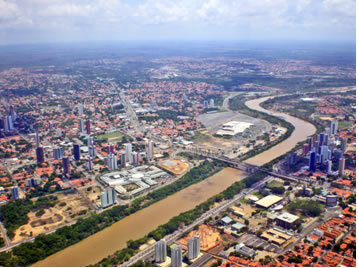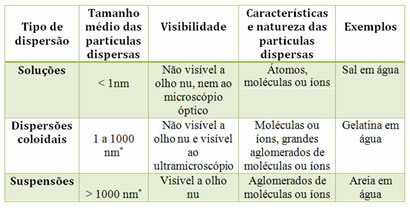According to the records on the Paraguayan War, the participation of Indians in the conflict is almost negligible. However, the Kadiwéu Indians – representatives of the Guaikuru group from the Chaco region – preserve a series of narratives and cultural manifestations that refer to their involvement in this conflict. Among other manifestations, the Navio is one of the manifestations that date back to this experience given in the 19th century.
Scattered along the banks of the Paraguay River, this indigenous group was known and feared by Spanish and Portuguese settlers. Forming a large herd of domesticated horses, the Kadiwéu used the animal to wage their wars. Throughout the process of colonization of the southern region, several reports recounted the strong resistance undertaken by all the Guaikuru Indians. Throughout the colonial period, the definition of borders was heavily influenced by the military role of this people.
During the government of Francia, president of Paraguay, a Kadiwéu group carried out an attack on the Paraguayan army on the banks of the Apa River. During the attack, led by Nawilo, the Indians destroyed the village of São Salvador and captured the women who lived there. In this same endeavor, the Kadiwéu managed to conquer the Fort of Coimbra, used by the Paraguayans to transport supplies. The uprising led by Nawilo earned him the post of general of the Brazilian National Guard.
According to the reports of the provincial president Augusto Leverger, the Guaikurus protected the population of Mato Grosso against attacks by Paraguayan troops. In that same document, the local authority highlighted how the indigenous conquest under Fort Olympus carried out serious damages in the maintenance of enemy troops involved in the Paraguayan War. This would be one more report on the participation of Indians in the war.
Alfred d'Escragnole tells that the Paraguayan troops led by General Resquin were worn out in the process of occupation of Mato Grosso, thanks to the efforts of the Guaikuru. In addition, Alfred tells about the participation of the Terena and Guaikuru Indians in the Retreat of Laguna, which took place in 1867. The degree of participation of the Kadiwéu was so great that the Count dEu himself – commander of the imperial troops – ordered these Indians to guard the region of the Paraguay River.
According to studies on the Kadiwéu, the military question was part of the people's conception of the world. In addition to defining the people's own identity, war was an instrument of population increase through their low demographic density. The event of the Paraguayan War, in addition to reinforcing the warrior character of the Kadiwéu, also demonstrated the conflicting relationship established with the Paraguayans throughout their trajectory.
According to one of the mythical narratives that found this oppositional relationship, the “whites” would have great greed in the lands of the Kadiwéu. For this reason, this indigenous population was systematically impelled to confront the Paraguayans in conflicts, with the Paraguayan War being another episode in this history. The logic of land use intended by the “whites” was seen as a threat to the importance given among the Kadiwéu to the continuity of their people.
The importance given to the Paraguayan War precisely marks the sovereignty of the Kadiwéu over their lands. Among other points of this self-assertive experience, the Kadiwéu highlight the recognition of the Brazilian authorities regarding the indigenous possession of lands. However, the greed of tenant farmers and squatters would transform the situation of the Kadiwéu in the region.
Only in 1981 did the Brazilian government demarcate the limits of land belonging to this indigenous tribe. Disputes around this area still motivate several manifestations by this indigenous population. According to the Indians, the indigenous population was harmed in this demarcation, leaving part of the territory originally conquered in the Paraguayan War outside the limits. In this way, the Kadiwéu Indians still claim their rights through this episode marked in the History of Brazil.
16th to 19th century - wars - Brazil School
Source: Brazil School - https://brasilescola.uol.com.br/guerras/os-kadiweu-guerra-paraguai.htm


